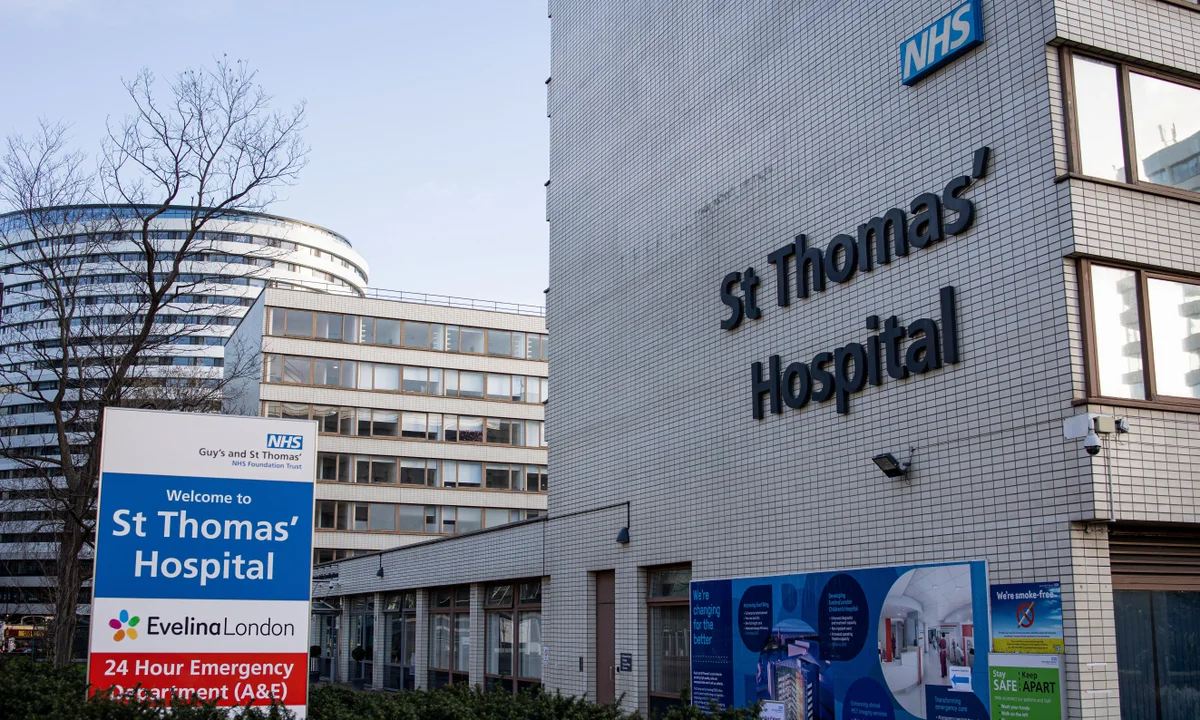

The NHS is entering a crucial phase for kit, buildings and digital backbone. After prolonged underinvestment, the estate repair bill and modernisation needs have increased exponentially forcing harsh choices on where the limited allocated capital should be spent, and how to extract the maximum health benefit from every pound.
Inside the NHS’s Capital Dilemma
Currently, the Government and NHS England have begun to respond with targeted pots and multi-year planning. The 2025/26 capital guidance includes the allocation of a new Estates Safety Fund - a £750m allocated to address high priority buildings and safety risks. NHS’s capital challenge is a dynamic one, having three converging forces competing with one another.
First, older infrastructure and deferred maintenance are creating major safety and service risks that have proven to directly harm patients and medical staff. Secondly, newer medical facilities demand different physical and digital infrastructure - elective recovery, diagnostics and community-based care. Lastly, and arguably most importantly, the push to digitise services, such as cybersecurity, electronic records, and remote monitoring, has gained momentum as UK Health Secretary Wes Streeting attempt to drive one of the three major shifts in how the fragmented health service delivers care: moving from analogue to digital, a transition that requires a substantial capital boost estimated at roughly £21 billion by 2030.
From Short Cycles to Long Vision: Rethinking NHS Capital Strategy
The major practical constraint to this issue remains quite obvious - capital envelopes remain limited and complex to access. Analysis from NHS sector bodies, think tanks and finance specialists warn current spending rules, short planning horizons and fragmented funding streams hinder planned estate strategies. The NHS needs materially more annual capital to tackle their crumbling foundation as well as the immediate need for modernisation - figures circulated from last year’s spending discussion predict an additional multi-billion pound annual requirement.
The Spending Review and multi-year settlements have increased the certainty for the medium term, but the difference between what is promised and what is needed remains prominent. Translating numbers into safe, modern and digitally equipped hospitals requires better prioritisation, and sustained strong leadership at a national systemic level.
The NHS’s capital challenge is not simply a story about adding numbers - it is the tale of health equity and the future shape of medical care. Crumbling infrastructure, poor equipment and dated digitisation are no longer back-office concerns, but are affecting patients and medical professionals in real time. The new Estates Safety Fund, multi-year capital envelopes and national programmes for diagnostics and digital maturity are crucial steps, but they cannot cover the decades of inefficiency and underinvestment alone.
The real opportunity aligns with strategic planning and efficient allocation of resources - a vision that designs estates that truly reflect new and improved models of community anchored care, along with investing in technologies that mend fragmented systems. In order to achieve this future, the NHS needs to move beyond short funding cycles, and toward more long term mission-driven capital planning catering to population health needs.